The Republican Party started in Wisconsin. Here's what to know about the GOP's history
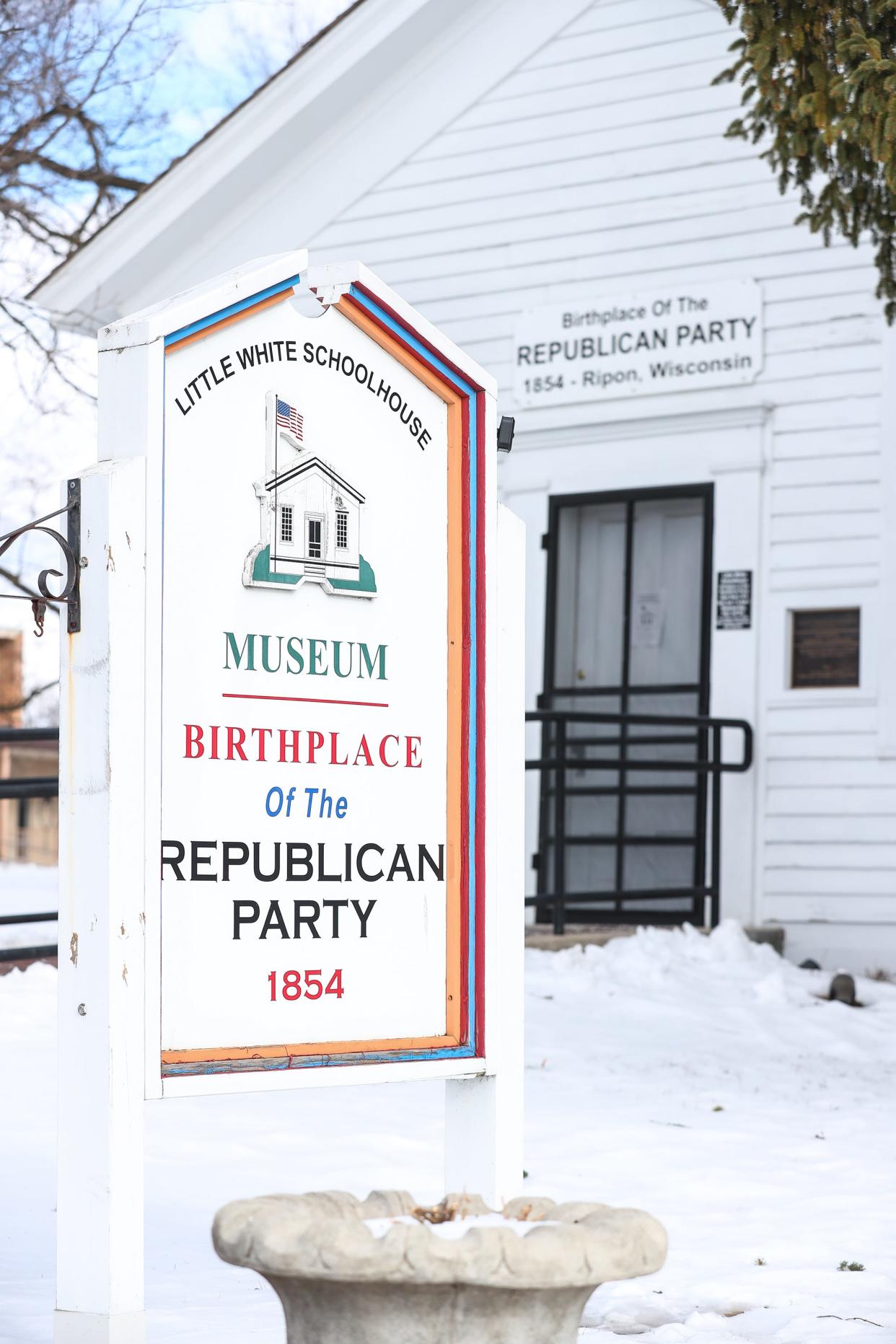
- Oops!Something went wrong.Please try again later.
If you're a Republican — or just interested in the history of one of the United States' oldest political parties — it all started in a little white schoolhouse in Wisconsin.
Here's what to know about the official birthplace of the Republican Party, also known as the Grand Old Party, or GOP.
Why was the Republican Party formed?
In early 1854, the Kansas-Nebraska Act — a bill that ended a 30-year compromise barring the expansion of slavery in the United States — sparked a political firestorm. The Whig Party, the more conservative of the two major U.S. political parties in the mid-19th century, had a sizable anti-slavery contingent, particularly in the northern states, but the party straddled the fence on the measure. As debate over the bill continued, anti-slavery forces among the Whigs — and in the rival Democratic Party — continued to look for a political Plan B.
How did the Republican Party get its start in Ripon, Wisconsin?
Alvan E. Bovay, a politically active developer and speculator from New York, settled in Ripon in 1850. Bovay had already talked with Horace Greeley, a key player in the Whig Party and a powerful New York newspaper editor, about uniting anti-slavery-minded voters in a new party under the name "Republican." On March 1, 1854, Bovay called a meeting in Ripon for people to "remonstrate against the Nebraska swindle." After the Senate voted in favor of the Nebraska-Kansas Act, Bovay called another meeting, this one to form a new organization.
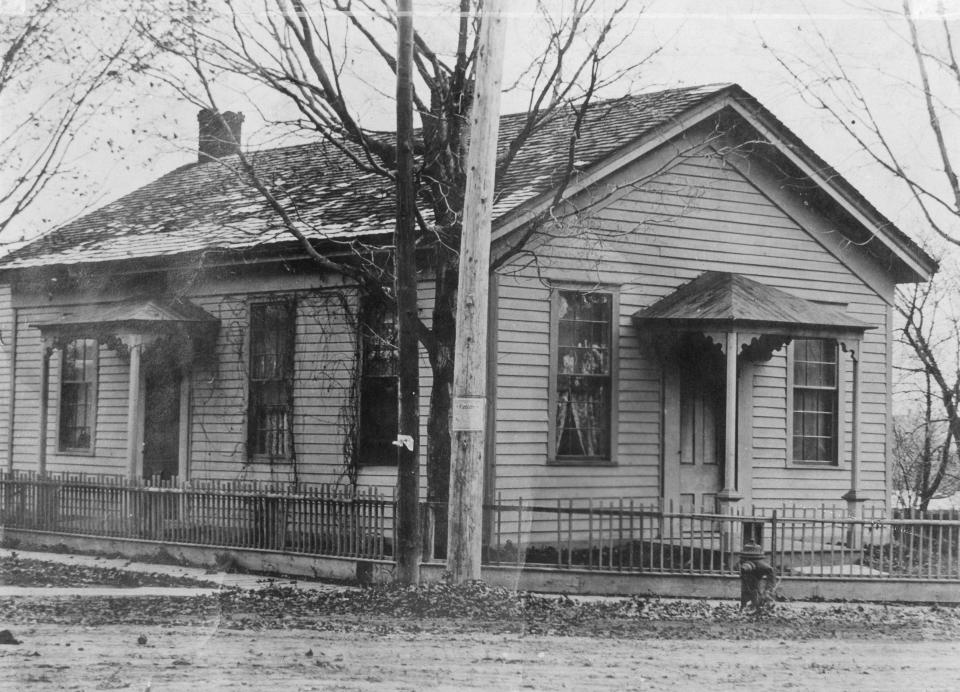
When did the Republican Party start?
The second meeting was held at a school in Ripon, later known as the Little White Schoolhouse. Going house to house and even stopping people in the street, Bovay recruited 54 voters — some Whigs, some Democrats and some members of the Free Soil Party, a single-issue party opposed to the expansion of slavery — to come to a meeting at the schoolhouse on March 20, 1854. Attendees agreed to dissolve the town's Whig and Free Soil parties and create a new entity called the Republican Party. After the U.S. House and President Franklin Pierce also approved the Nebraska-Kansas Bill, more anti-slavery types around the country flocked to the Republican Party banner.
Michigan also has claimed that it's the birthplace of the GOP. Why?
With protests against the expansion of slavery growing across the North, a mass "anti-Nebraska" convention had been planned in Jackson, Michigan, for July 6, 1854, to nominate a statewide anti-slavery ticket. Greeley reached out to organizers and urged them to adopt the name "Republican" for the party at the convention, which they did. (Similar anti-slavery conventions followed elsewhere; attendees at state conventions in Wisconsin and Vermont the following week also adopted the Republican Party label.)
Two years later, the Republican Party held its first national convention, nominating John C. Fremont for president.
For years, the Republican National Committee's website included the Ripon meeting and the Jackson convention in its origin story. By 2011, both events had been wiped from the RNC's site, but the 1856 convention was still mentioned. Today, the wording cites 1854 but is otherwise vague, saying the party was "initially united in 1854 by the promise to abolish slavery."
While some in Michigan hold to the claim that the Jackson convention was the true birth of the GOP, the city of Jackson itself seems to soft-pedal its birthplace status. The site of the 1854 Jackson convention is now Under the Oaks, a small city park; while the park has markers and monuments citing the convention, the city's website for the park notes only that "some attribute this event as the start of the Republican Party, making Jackson the birthplace of the party."
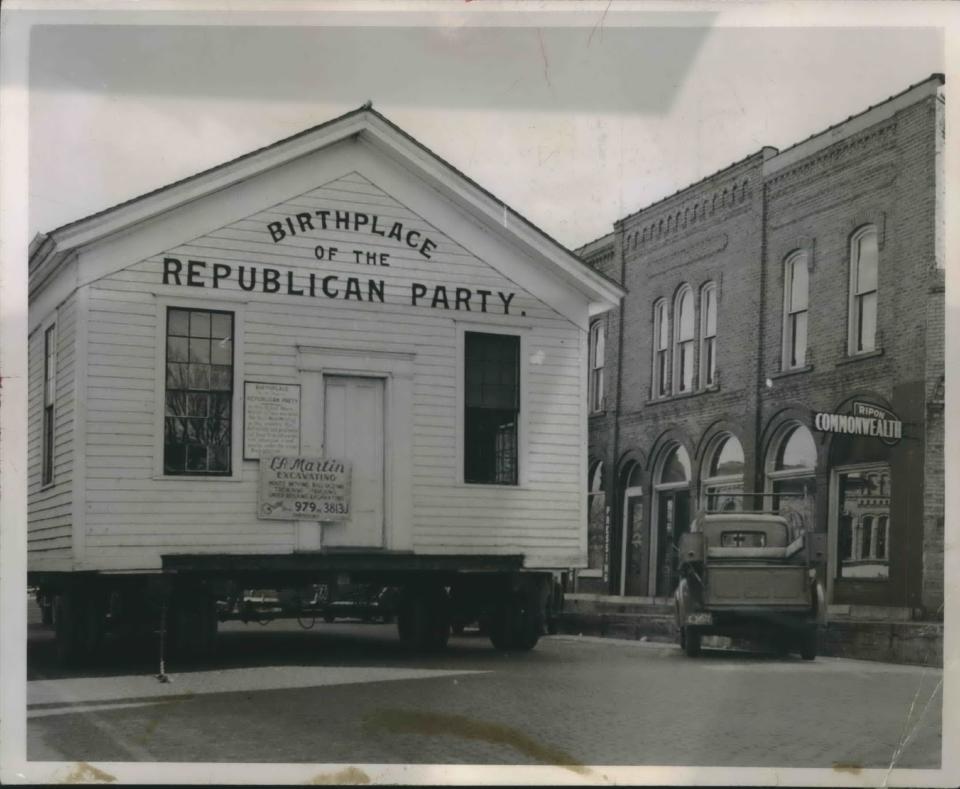
Can you visit the site where the Republican Party was formed in Ripon, Wisconsin?
Ripon has shown no hesitation in asserting its GOP birthplace bona fides.
For a time, the Little White Schoolhouse was a private residence, and was the home of newspaper publisher, author and politician George W. Peck, who had been elected mayor of Milwaukee and governor of Wisconsin in the 1890s.
By the 75th anniversary of the 1854 meeting in 1929, the schoolhouse fully embraced its birthplace status, and became a requisite stop for Republican politicians from Wendell Willkie to Joseph McCarthy.
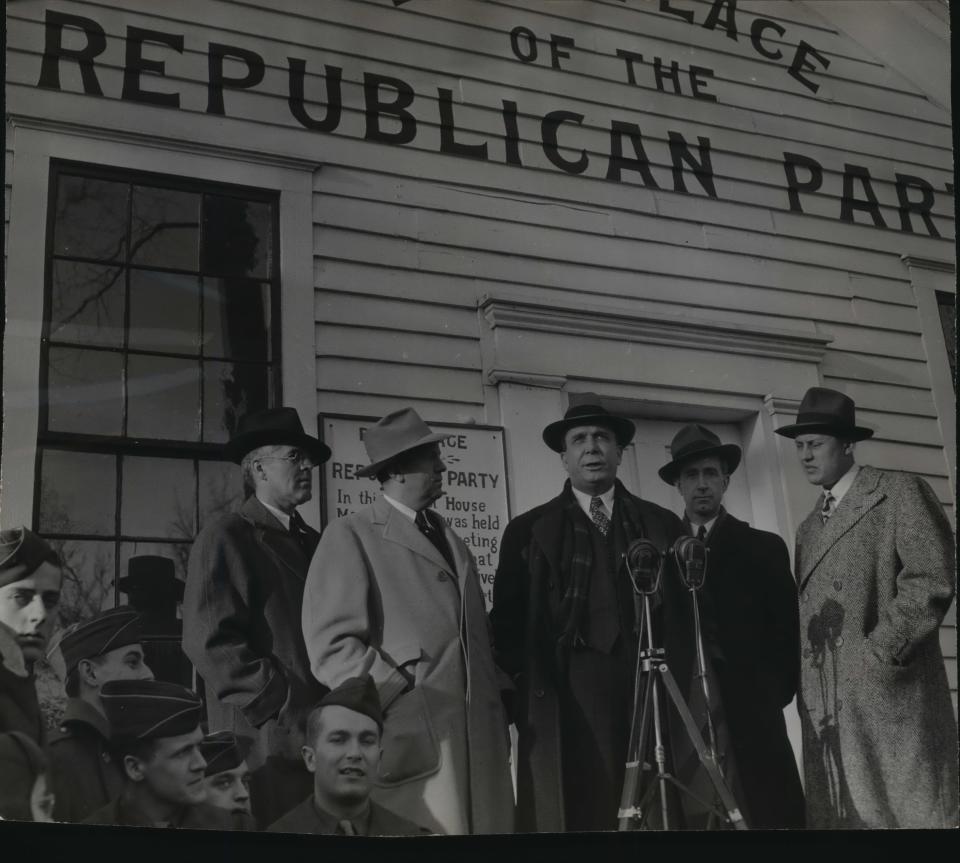
The Little White Schoolhouse was added to the National Register of Historic Places in 1974, by which time the building had been moved twice. In 2023, the schoolhouse, now a museum, was moved for the third time to a newer commercial district in Ripon, in a bid to bring more visitors.
Run by a nonprofit, the Little White Schoolhouse Museum is open daily from Memorial Day through Labor Day, and on weekends through the month of September. Admission is free.
Sources: senate.gov; "The Origin of the Republican Party" by A.F. Gilman (pamphlet from the Ripon Historical Society, 1914); cityofjackson.org; riponhistory.org; lwsh.org.
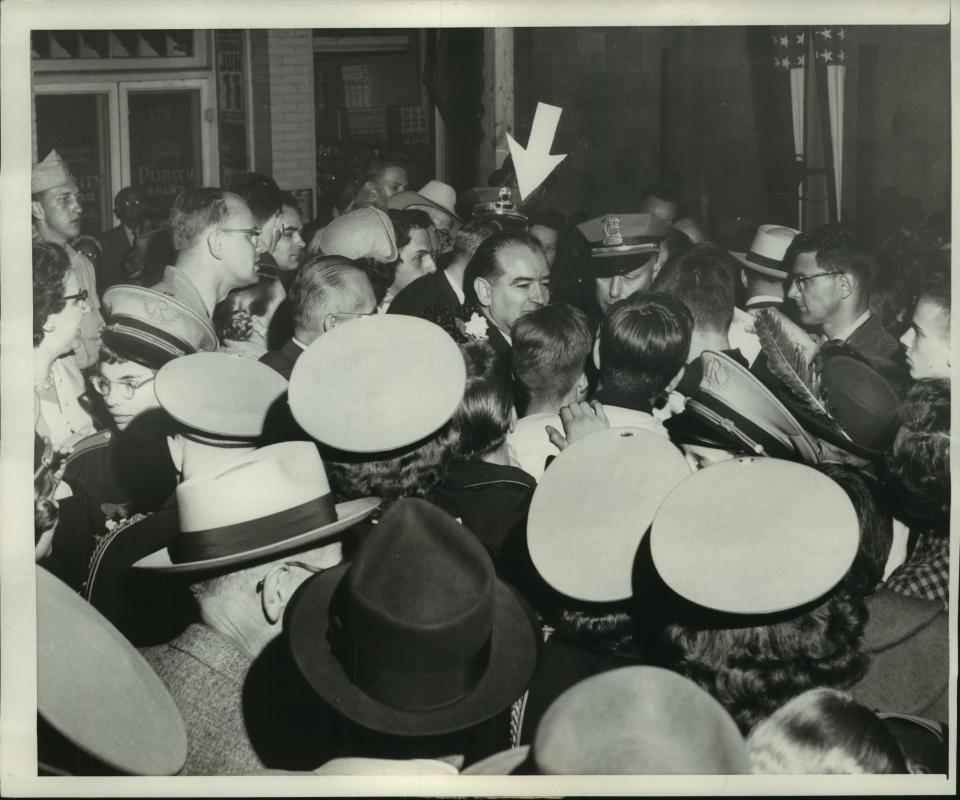
This article originally appeared on Milwaukee Journal Sentinel: What to know about the birthplace of the Republican Party in Wisconsin

